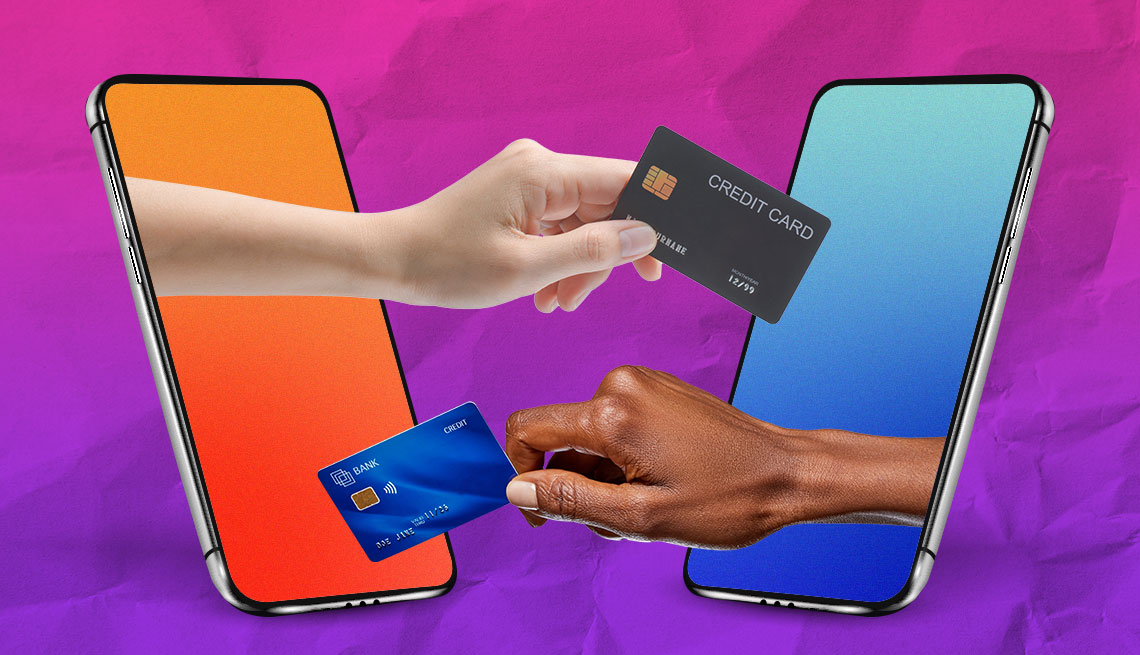
How to pick your perfect mobile phone plan
- Select a language for the TTS:
- UK English Female
- UK English Male
- US English Female
- US English Male
- Australian Female
- Australian Male
- Language selected: (auto detect) - EN
Play all audios:

“Both price and network quality have become equally significant factors for customers age 50 and above,” says Carl Lepper, senior director with JD Power’s Technology Media and Telecom
practice. Older adults are less likely to put up with poor signal quality and lack of reliability to save a little money. 5G coverage, short for fifth generation, is especially important
because new phones are likely to operate on the faster 5G networks and fall back to 4G only when necessary. But 5G service needs more cell towers than the old 4G because its radio waves have
a shorter range. The 5G signal also has more problems passing through walls and windows to get inside a building. Coverage maps may show pockets of spotty coverage if you live in the
mountains or a rural area. Ask your neighbors about the quality of their coverage for additional insight. 3. CHECK OUT FAMILY, RESELLER AND ‘SENIOR’ PLANS Older adults do pay attention to
cost, says Tim Bajarin, a veteran technology analyst and chairman of the San Jose, California-based market research firm Creative Strategies. You may want to join forces with others in a
family plan to take advantage of volume discounts for buying lines in bulk. If keeping your phone number is important, you’ll probably need to partner with nearby family members in the same
service area as you. BENEFIT FROM EXCESS CAPACITY. Mobile virtual network operators, resellers that lease wireless capacity at wholesale prices from companies that own the cell towers, are
usually less expensive than the big four carriers. But call quality should be comparable because these MVNOs, such as Charter, Consumer Cellular, Dish, Mint Mobile and Spectrum are using the
major carriers’ networks, he says. “MVNOs came out of the deregulation a few years ago to help boost competition. They’re generally more responsive when it comes to service,” Bajarin says.
“Plus, the majority of them have retail outlets all over the country, such as in malls and strip plazas, so you can walk in and troubleshoot anything related to the line.” You can also find
out from them exactly which major carrier’s service they are reselling, which can give you insight into the quality of the service in your area if you’ve been talking to your neighbors.
These MVNOs generally have you pay for your minutes up front, before you use them, which is called a prepaid plan. And expect no frills like the free streaming services you might get with
certain AT&T, T-Mobile and Verizon plans, although at least a couple of MVNOs such as Cricket, which AT&T owns, and Metro by T-Mobile, buck that stereotype. The big companies most
often offer postpaid plans. You’ll see your tab at the end of a billing cycle. “Those who stay with the big guys are doing it more for the network and convenience, and likely not price
shopping,” Lepper says. But they may choose the big guys to be first in line during rush hour. MVNO customers don’t get priority during peak periods, which may be important if you work
remotely and rely on your cellphone. The reseller’s customers may experience slower speeds when using data compared to those on the main carrier’s network, often referred to as “throttling.”
